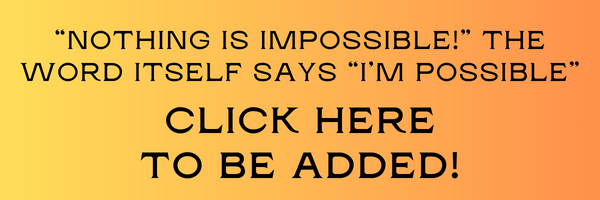Fitness challenges can be a fun and effective way to kickstart your journey toward long-term wellness. By setting specific goals and committing to a structured program, you can create lasting habits that will benefit your physical and mental health. In this blog, we will explore how fitness challenges can help you achieve your wellness goals and provide actionable steps to get started.
Understanding Fitness Challenges
Fitness challenges are structured programs that encourage participants to achieve specific health and fitness goals within a set timeframe. They can vary in intensity and type, from weight loss to strength training, making them accessible to everyone.
These challenges often bring a sense of camaraderie as you work alongside others who share similar goals. This shared journey can significantly enhance motivation and make the process more enjoyable.
Moreover, fitness challenges can introduce participants to new activities and workouts. Trying something different can keep routines fresh and help you discover exercises you love.
For many, the excitement generated by a challenge can ignite a passion for fitness. It transforms workouts from a mundane task into an engaging goal, making it easier to stick to your routine.
Setting Your Wellness Goals
Before starting a fitness challenge, it’s essential to define your long-term wellness goals. This could include improving your overall health, losing weight, or increasing endurance. Knowing your goals will help you choose the right challenge.
Setting SMART goals—specific, measurable, achievable, relevant, and time-bound—can provide clear direction. For example, instead of saying you want to lose weight, aim to lose five pounds in a month. This clarity can enhance focus and track your success.
Additionally, consider both short-term and long-term goals. Short-term objectives keep you motivated while working toward larger aspirations. Celebrate each small victory, as it builds confidence in your journey.
It’s also helpful to revisit and adjust these goals along your fitness journey. As you progress, your aspirations may evolve; staying flexible helps maintain your interest and commitment.
Choosing the Right Fitness Challenge
Select a fitness challenge that aligns with your goals and interests. Research different options, consider your fitness level, and find a challenge that excites you to stay committed.
Take time to explore various challenges—some may focus on specific activities like running or yoga, while others might include a mix of workouts. Picking an enjoyable challenge increases your chances of adherence.
Also, reflect on whether you prefer solo challenges or those that involve community participation. Many find the support from a group to be invaluable, while others thrive in independent settings.
Remember, the journey is just as important as the destination. Choose a challenge that feels right for you, not one that seems the most popular or trendy.
Creating a Supportive Environment
A supportive environment is crucial for success. Engage friends or join online communities to share your journey, celebrate progress, and motivate each other. This social aspect can enhance your experience and accountability.
You might find that surrounding yourself with like-minded individuals inspires healthy competition and camaraderie. It’s often easier to stay committed when you’re part of a supportive group.
Don’t underestimate the power of encouragement—whether it’s a friend texting you to check in or a community cheering you on. This creates an atmosphere where positivity thrives, fostering greater success in reaching your goals.
Creating accountability can also mean tracking your sessions with others, sharing workouts, or simply discussing goals and achievements. Engaging consistently helps to solidify your commitment.
Monitoring Your Progress
Keep track of your progress during the fitness challenge. This could involve logging workouts, measurement, or even journaling. Reflecting on your journey can help you stay motivated and adjust your goals as needed.
Visual progress can be incredibly encouraging. Consider taking photos or tracking stats to see how far you’ve come. Recognizing your achievements adds a motivational boost.
Moreover, regularly assessing your performance can highlight areas for improvement and growth. Constructive self-reflection allows you to adapt and modify your strategies to ensure continued progress.
Don’t forget to reward yourself for sticking to your monitoring plan—this can be as simple as indulging in your favorite healthy treat or taking a day off to relax. It reinforces your commitment to the challenge.
Transitioning to Long-term Habits
Once you complete your challenge, focus on transitioning to long-term healthy habits. Incorporate what you learned and continue to set new goals to maintain your momentum towards overall wellness.
Make it a point to celebrate your challenge completion but also look ahead. Ask yourself which elements of the challenge you enjoyed and would like to carry forward. This reflection creates a sense of purpose.
It’s important to maintain the routine you’ve built and explore new challenges or activities that keep your journey exciting. Many people find that mixing up workouts helps prevent burnout.
Finally, keep your community close. Maintaining connections with fellow participants can provide ongoing support and accountability, making the transition into long-term lifestyle changes much smoother.
Embrace the Challenge!
In summary, participating in a fitness challenge can serve as a powerful catalyst for achieving your long-term wellness goals. By fostering community, building consistency, and cultivating a mindset focused on health, you can truly transform your approach to fitness and well-being. So, why not take that first step today and embrace the challenge?


